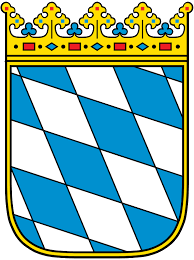In addition to the traditional formation of a GmbH or a UG (haftungsbeschränkt), an online procedure has been possible since August 1, 2022. In addition, all applications to the commercial, cooperative and partnership register can be made online. According to Section 16 e BeurkG, mixed notarization, i.e. a combined online and face-to-face procedure, is also possible. Online incorporation can also be carried out using a sample protocol. The video communication system required for this is provided by the Federal Chamber of Notaries in accordance with Section 78p BnotO – the Federal Chamber of Notaries describes the procedure in detail at https://online-verfahren.notar.de/.
I Preparation
Certain technical requirements must be met for the online procedure. As a first step, the parties involved must register. This requires the notary app, which can be downloaded free of charge. The appropriate ID card is also required, which is then read using a smartphone (NFC technology). The German ID card, an electronic residence permit or an eID card/Union citizen card is suitable. If the ID card was issued before August 2, 2021, a passport is also required. Use requires that the online function of this document has been activated. In this case, you will have received a PIN in addition to the ID card. If the PIN can no longer be found, it can be ordered again at https://www.pin-ruecksetzbrief-bestellen.de/. Not only German ID cards can take part in the online procedure. ID cards from Belgium, Estonia, Italy, Croatia, Latvia, Lithuania, Luxembourg, Malta, the Netherlands, Portugal, Slovakia, Spain and the Czech Republic also fulfill this function. Identity documents from third countries generally do not contain an eID. Citizens of these countries have the option of applying for a suitable eID document from a member state of the European Union.
Once registration has been successfully completed using the notary app and ID, there are various options for making contact in a second step. The founder of a GmbH can use the notary app to suggest a notary responsible for this formation. If the company’s registered office is in Munich, for example, then all notaries in Munich are responsible. This also applies to a registered office in a foreign city if one of the shareholders or managing directors is resident in Munich. The founder can then select a notary of their choice in Munich and contact them via the app. This sets the online procedure in motion. Alternatively, the founder can contact the notary in the “traditional” way, i.e. by phone or email. The notary then starts an online procedure with his software, appoints a responsible clerk and sends the founder an invitation link. The link automatically connects the founder to the notary in their app. This means that drafts and deadlines relevant to the incorporation can be viewed directly in the app. There is also a chat function. Of course, hybrid communication can still take place in the run-up to notarization.
In a third step, the technical requirements for the online procedure must be met before the notarization. The parties involved need a standard webcam with a minimum resolution of 480p. There should also be a sufficient internet connection. A DSL connection with at least 6 Mbit/s is recommended. The microphone should also be activated. It is possible for the founder to dial in one hour before the official date and check the requirements.
II The procedure
The online procedure is similar to the classic notarization. However, it is characterized by the special feature of the video conference. The drafts, which the notary has already made available in advance in the notary app, are read out or notarized in the online procedure. The founder(s) and the notary meet in the video conference at the agreed time. The first step is for the notary to read out the ID card. This requires the notary app and the ID card with PIN. By reading the ID card, the notary gains access to the photograph and can thus identify the parties involved. If the participant is already known to the notary, it is no longer necessary to read the photo. This must be noted accordingly in the deed.
During the video conference, the notary shares the founding document with the parties involved. This is then read out in the traditional way, but online as part of a video conference. After this has been read out, the parties involved have been instructed and all questions have been clarified, the document must be signed by the parties involved and the notary instead of a signature. The notary requests the parties to sign the document by clicking on it. This results in a PIN being generated for the participants, which must be entered. The notary then signs the document. This completes the notarization. The signed document is downloaded by the notary and processed further. The same procedure is used for the list of shareholders and the commercial register application.
III Costs
The same fees apply for notary fees as in Präsenz. In addition, EUR 25.00 is charged for notarization and EUR 8.00 for certification (KV 32016). These are expenses that are not due to the notary but to the Federal Chamber of Notaries.
© Dr. Damian Najdecki & Jasmin Wildschütz


